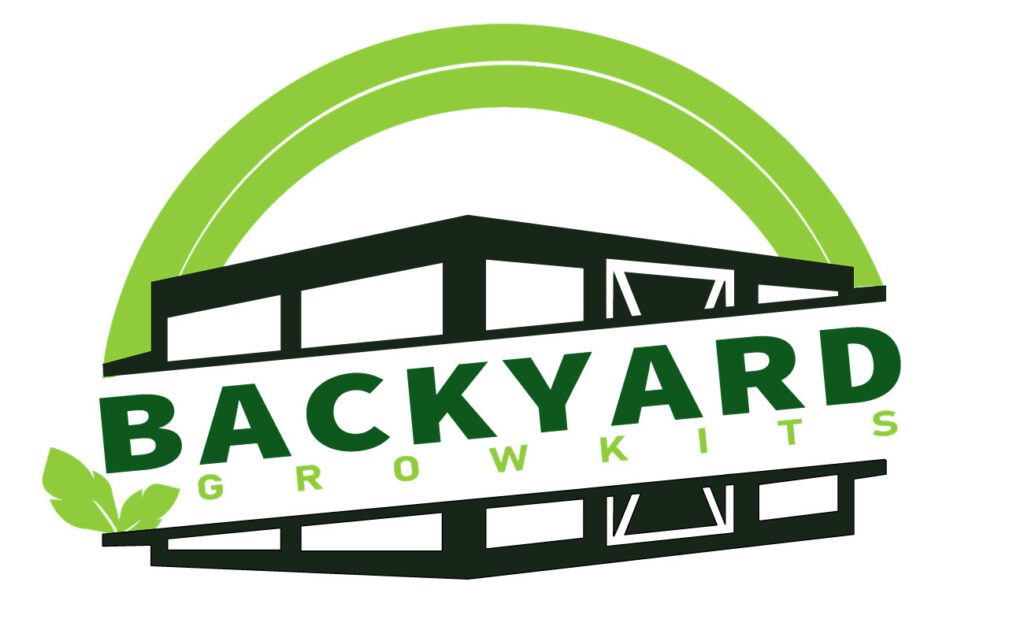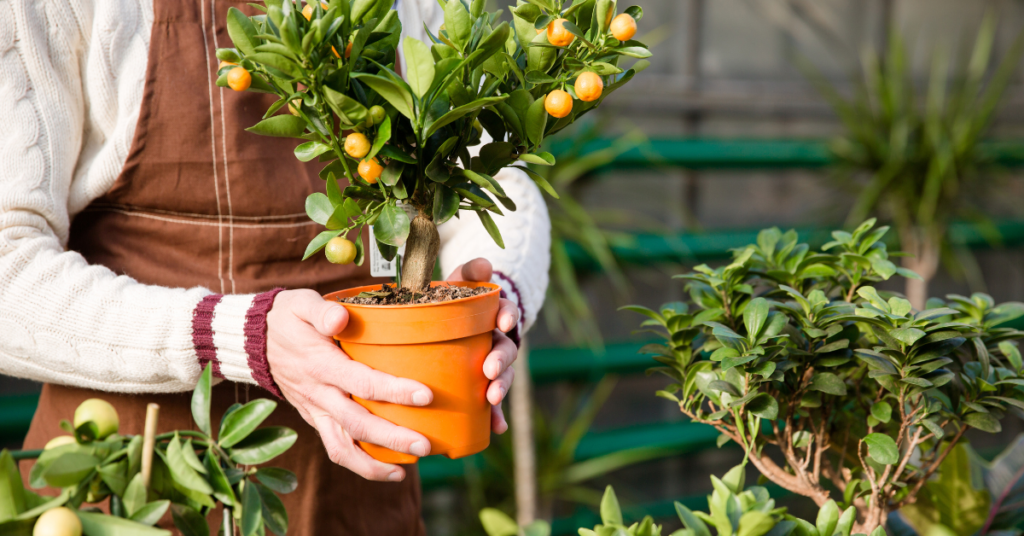A home orchard is a collection of fruit trees you grow in your yard or garden. It can range from a small group of a few trees to a more extensive orchard with dozens of trees.
The fruit trees can be grown for personal consumption, sold at a local farmers’ market, or donated to a local food bank.
Home orchards have become increasingly popular in recent years as more people are interested in growing their own food, reducing their carbon footprint, and supporting local agriculture.
Why Start a Home Orchard?
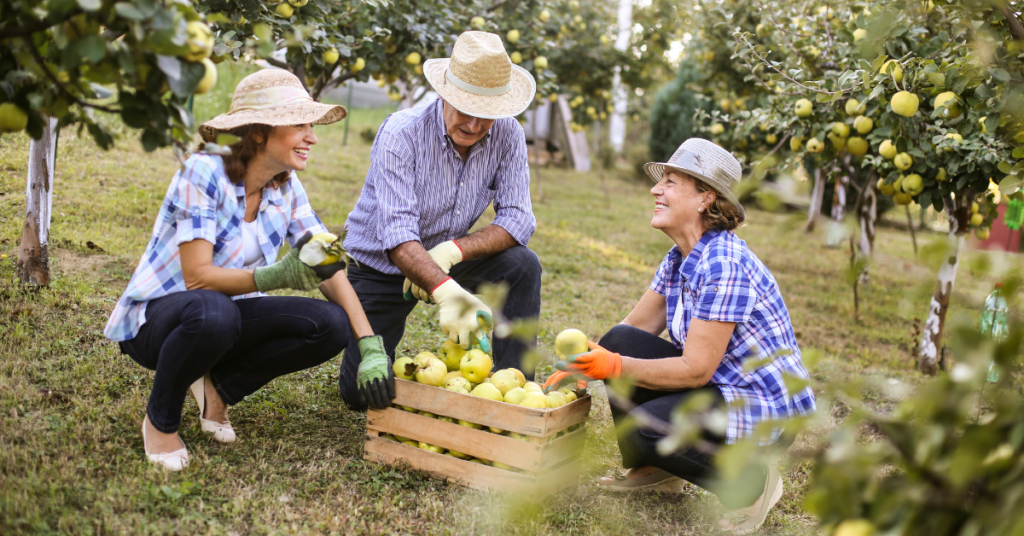
Fresh, healthy fruit: By growing your own fruit trees, you can ensure that the fruit is fresh, healthy, and free of pesticides and other chemicals.
Cost savings: Growing your own fruit can save you money in the long run, as you won’t have to buy fruit at the grocery store.
Environmental benefits: Home orchards can help reduce your carbon footprint by reducing the energy needed to transport fruit from other regions.
Educational opportunities: Growing your own fruit can be a fun and educational experience, especially for children.
Community involvement: If you have a surplus of fruit, you can donate it to a local food bank or share it with your neighbors.
Choosing the Right Fruit Trees for Your Home Orchard

Before starting your home orchard, choosing suitable fruit trees for your region and climate is essential. Some factors to consider include the following:
Chill hours: Some fruit trees, such as apples and pears, require some chill hours to produce fruit. Make sure to choose varieties that are appropriate for your climate.
Disease resistance: Look for fruit tree varieties resistant to common diseases in your area.
Pollination: Some fruit trees require cross-pollination from another variety, while others are self-pollinating.
Taste preferences: Consider the types of fruit you and your family enjoy eating when choosing fruit tree varieties.
Some popular fruit trees for home orchards include:
Apples
Pears
Peaches
Plums
Cherries
Understanding Soil and Sunlight Requirements for Fruit Trees
Fruit trees require specific soil and sunlight conditions to thrive and produce a healthy crop. Here are some things to consider when understanding soil and sunlight requirements for fruit trees:
Soil Requirements:
Soil pH: Fruit trees prefer a soil pH between 6.0 and 7.0. If the soil is too acidic or alkaline, it can lead to poor growth and nutrient uptake.
Soil Drainage: Fruit trees prefer well-draining soil to prevent root rot and other diseases. If the soil is too compact or clay-like, it can hold onto water and suffocate the roots.
Nutrient Availability: Fruit trees require a balance of nutrients to grow and produce fruit. A soil test can help determine if the soil has enough nitrogen, phosphorus, potassium, and other micronutrients like calcium and magnesium.
Sunlight Requirements:
Full Sun: Most fruit trees require full sun to produce a healthy crop. This means at least six to eight hours of direct sunlight per day.
Partial Sun: Some fruit trees, like blueberries and raspberries, can tolerate partial shade. However, they require at least four to six hours of direct sunlight daily.
Orientation: Fruit trees should be planted where they will receive the most sunlight throughout the day. In the northern hemisphere, a south-facing location is best, while in the southern hemisphere, a north-facing location is ideal.
How to Plant and Care for Your Fruit Trees

Once you’ve chosen your fruit trees and selected a location for your home orchard, it’s time to plant and care for your trees. Here are some tips:
Planting: Dig a hole that is twice as wide and as deep as the root ball of your tree. Make sure to add compost or other organic matter to the spot before planting.
Watering: Water your fruit trees deeply once a week, especially during the first year after planting. Ensure to water at the base of the tree rather than on the leaves or fruit.
Fertilizing: Fertilize your fruit trees in the spring and fall with a balanced fertilizer that is appropriate for your soil type.
Mulching: Mulch around the base of your fruit trees with wood chips or other organic matter to retain moisture and suppress weeds.
Pruning: Regular pruning is essential for fruit tree health and productivity. Prune your trees in the winter or early spring before they begin to bud.
Pruning and Training Your Fruit Trees for Optimal Growth
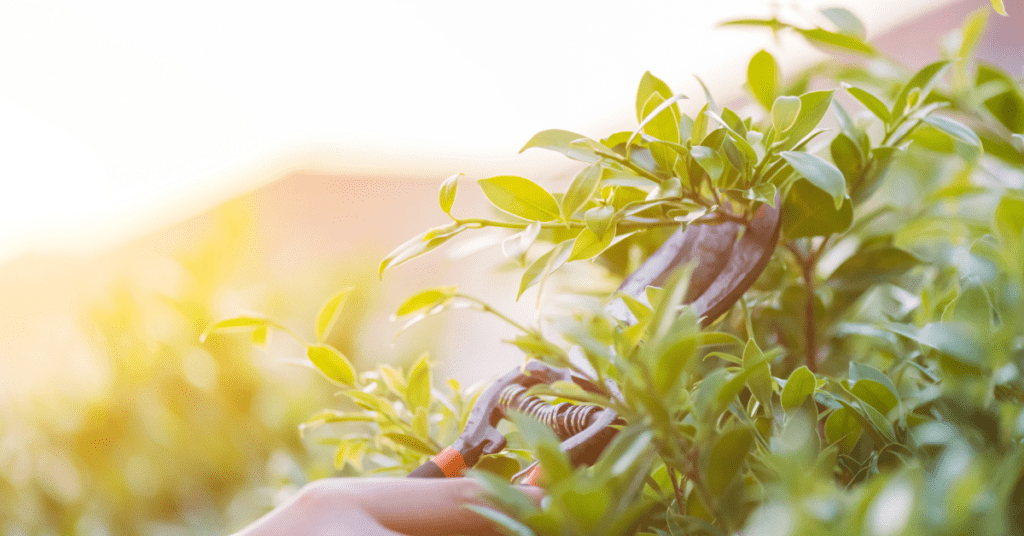
Pruning and training your fruit trees is essential to maintaining their health and productivity. Here are some tips:
Training: When your fruit trees are young, train them to grow in a specific shape, such as a central leader or an espaliered form.
Pruning: Prune your fruit trees regularly to remove dead, diseased, or damaged wood. You should also thin out excess fruit to improve the quality of the remaining fruit.
Dormant pruning: Prune your fruit trees in winter or early spring before they begin to bud.
Summer pruning: Prune your fruit trees during the summer to control their size and shape.
Preventing and Managing Pests and Diseases in Your Home Orchard
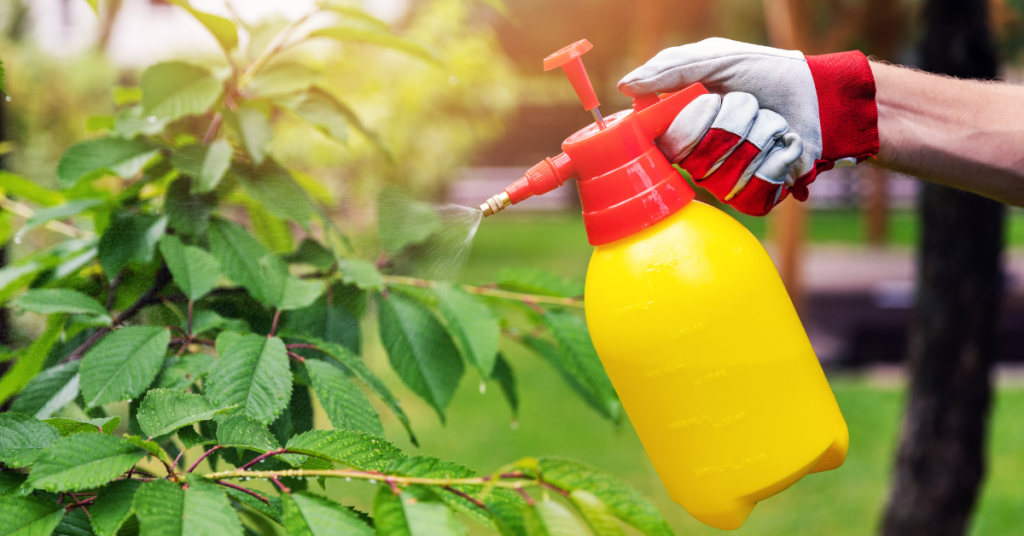
Pests and diseases can be a significant problems for home orchards. Here are some tips for preventing and managing them:
Prevention: The best way to prevent pests and diseases is to maintain healthy fruit trees. This includes regular pruning, fertilizing, and watering.
Monitoring: Regularly monitor your fruit trees for signs of pests or diseases, such as wilting, discoloration, or insect damage.
Natural remedies: Many natural remedies for pests and diseases, such as neem oil, insecticidal soap, and copper fungicide.
Chemical treatments: If natural remedies don’t work, you may need to use chemical treatments. Ensure to follow the instructions carefully and use them only as a last resort.
Harvesting and Storing Your Fruit
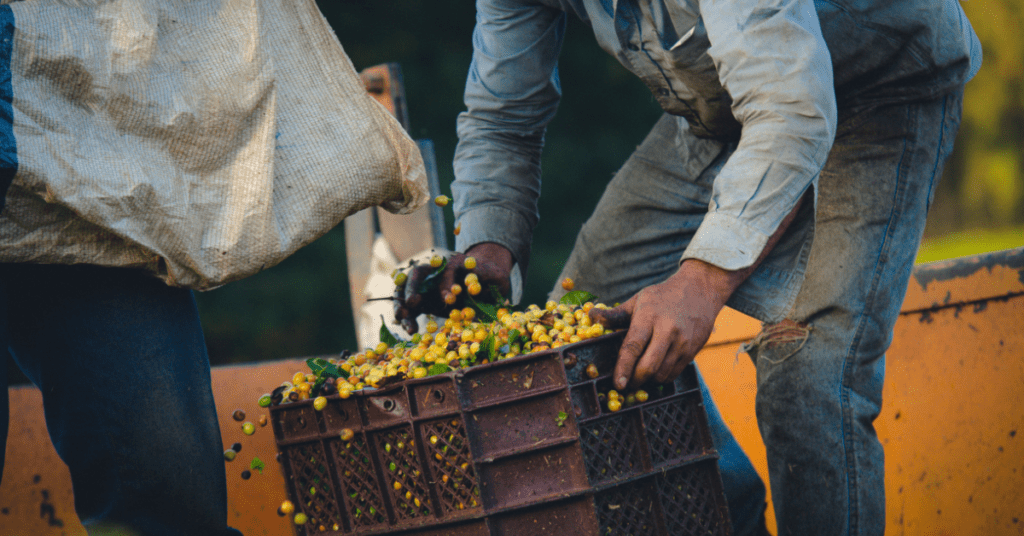
Harvesting and storing your fruit is essential to enjoying the fruits of your labor. Here are some tips:
Timing: Harvest your fruit when it is ripe but not overripe. Different types of fruit have other ripening times, so make sure to research the specific varieties in your orchard.
Handling: Handle your fruit gently to avoid bruising or damaging it.
Storing: Store your fruit in a cool, dry place like a cellar or refrigerator. Some fruits, such as apples, can be stored for several months.
Freezing and canning: You can also freeze or can your fruit to preserve it for extended periods.
Enjoying the Fruits of Your Labor: Recipes and Ideas for Using Your Homegrown Fruit
Once you’ve harvested your fruit, it’s time to enjoy it! Here are some ideas for using your homegrown fruit:
Baking: Use your fruit in pies, cobblers, and other baked goods.
Jam and jelly: Make your own jam and jelly to enjoy throughout the year.
Smoothies and juices: Use your fruit to make healthy smoothies and juices.
Salads: Add sliced fruit to salads for a sweet and tangy flavor.
Conclusion: Growing Your Own Home Orchard is a Rewarding and Fun Experience
Starting a home orchard is a fun and rewarding experience that can provide you with fresh, healthy fruit for years to come.
By choosing the suitable fruit trees, understanding their soil and sunlight requirements, planting and caring for them, pruning and training them, preventing and managing pests and diseases, harvesting and storing your fruit, and enjoying the fruits of your labor, you can create a thriving home orchard that will be the envy of your neighborhood.
So why not start your own home orchard today?
